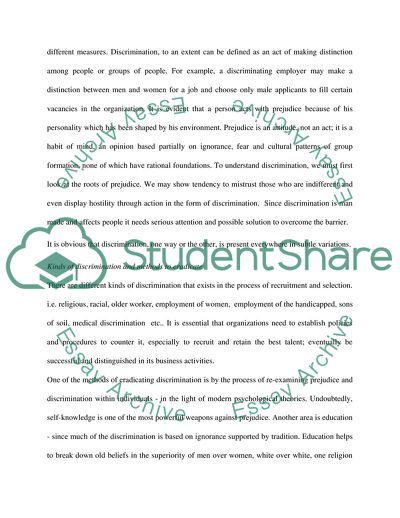Cite this document
(Equality and Inequality: Eradicating Discrimination in Recruitment and Term Paper, n.d.)
Equality and Inequality: Eradicating Discrimination in Recruitment and Term Paper. https://studentshare.org/human-resources/1707715-does-the-evidence-support-the-view-that-a-formailised-approach-will-eradicate-discrimination-from-the-recruitment-and-selection-process
Equality and Inequality: Eradicating Discrimination in Recruitment and Term Paper. https://studentshare.org/human-resources/1707715-does-the-evidence-support-the-view-that-a-formailised-approach-will-eradicate-discrimination-from-the-recruitment-and-selection-process
(Equality and Inequality: Eradicating Discrimination in Recruitment and Term Paper)
Equality and Inequality: Eradicating Discrimination in Recruitment and Term Paper. https://studentshare.org/human-resources/1707715-does-the-evidence-support-the-view-that-a-formailised-approach-will-eradicate-discrimination-from-the-recruitment-and-selection-process.
Equality and Inequality: Eradicating Discrimination in Recruitment and Term Paper. https://studentshare.org/human-resources/1707715-does-the-evidence-support-the-view-that-a-formailised-approach-will-eradicate-discrimination-from-the-recruitment-and-selection-process.
“Equality and Inequality: Eradicating Discrimination in Recruitment and Term Paper”. https://studentshare.org/human-resources/1707715-does-the-evidence-support-the-view-that-a-formailised-approach-will-eradicate-discrimination-from-the-recruitment-and-selection-process.


